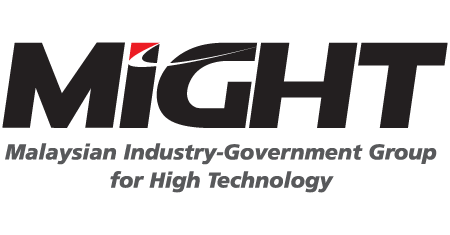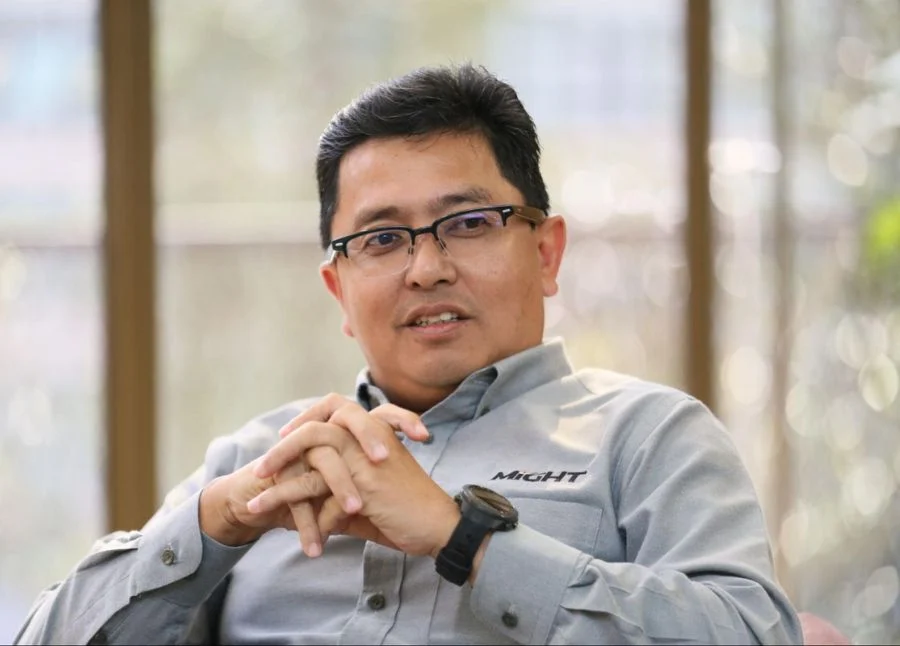MALAYSIA’S high-tech export sector was recently ranked ninth in the world, which is its highest achievement in 13 years.
According to UN-Comtrade, Malaysia’s world share of high-tech exports last year was 3.33 per cent, with an export value of USD125 billion. This marked an increase of 0.39 per cent or USD16.4 billion compared to the previous year.
It also recorded a high-tech surplus of USD49.48 billion against USD36 billion in 2021.
The Electronics and Telecommunications (E&E) product group continued to be the top contributor to Malaysia’s high-tech exports in 2022, amounting to USD96.38 billion or 77.08 per cent of export value.
Malaysian Industry-Government Group for High Technology (MIGHT) chief executive officer Rushdi Abdul Rahim said: “One driving factor is the trade tension between the US and China, which has led electronics companies widely adopting the ‘China Plus One’ strategy as part of supply chain risk mitigation.
“One example is Infineon Technologies building the world’s largest 200-millimeter SiC Power Fab in Kulim, Kedah.”
Malaysia has a long history in the high-tech export sector spanning five decades, with mature backend processes, and strong supporting industries.

MIGHT’s senior principal analyst Robert Tai. – File pic credit (MIGHT)
MIGHT’s senior principal analyst Robert Tai said: “The next play would be in semiconductor fabrication, which requires very highly skilled talents and specialised supporting industries, such as specialty gasses.”
It is necessary to pay attention to upcoming industry groupings of the local high-tech export sector, including electrical machinery, computer office machines and chemical products.
This is crucial, given the cyclical nature of the global E&E industry and its recent growth trend, which peaked in 2021 and is expected to slow down in the future.
“This can be achieved through concerted efforts in market penetration and the creation of a strong and progressive innovation ecosystem.
“These remain the cornerstone of Malaysia’s improvements in high-tech merchandise exports.
“A push for high technological advancement, while crucial, will remain sluggish without strong market absorption,” said Rushdi.
He added that new local and international collaboration models will accelerate innovation through more effective benchmarking, risk mitigation, as well as shortening the learning curve and integration into international supply chains.
“It also provides an opportunity to put in place new funding models and develop indigenous technical expertise,” he said.
The co-creation model will strike a balance between a strong foreign direct investment (FDI) presence and a dynamic domestic direct investment (DDI) scene.
Tai said: “FDIs are highly catalytic in their ability to generate economic multipliers. They serve as uptakers for many local products and services and generate results faster, with higher visibility.”
He said that this makes fine-tuning industry-specific incentive structure a key element in attracting FDI.
“For example, some industries such as E&E manufacturing-related services are capex heavy, while others such as the software development industry are not.
“Our incentives need to reflect that.”
He also said it is necessary to create opportunities to open up markets for local companies and investors or lower the barriers to effective competition on both the national and international fronts.
“Developing local players in high-tech, while time consuming and smaller in scale, is necessary for industry deepening and for entrenching high technology across all strata of industries,” said Tai.
2023 marks the fifth year of MIGHT’s analyses on Malaysia’s high-tech merchandise export — its role as a think tank provides strategic advisory for both the government and industry sectors.
Source: https://www.nst.com.my/business/nation/2023/12/994182/might-aims-further-strengthen-high-tech-ecosystem

